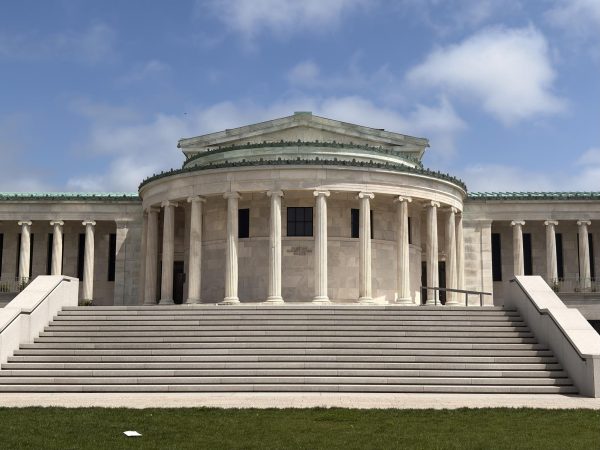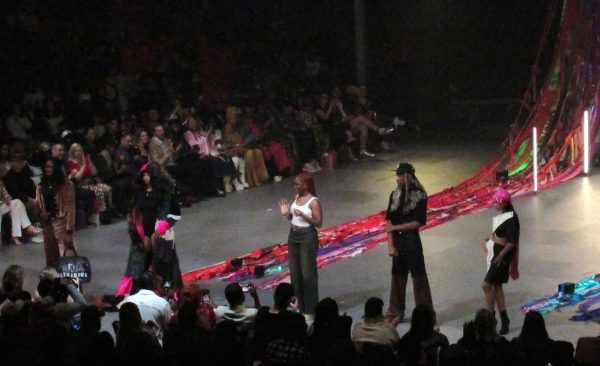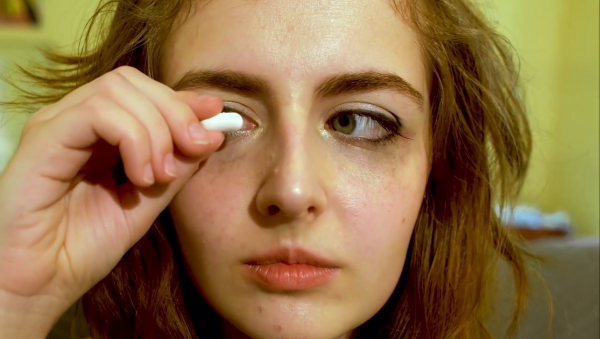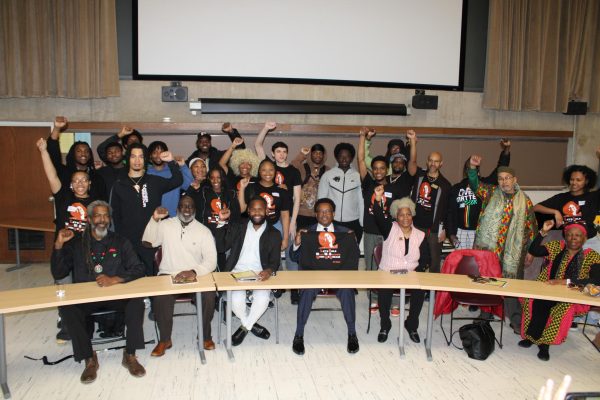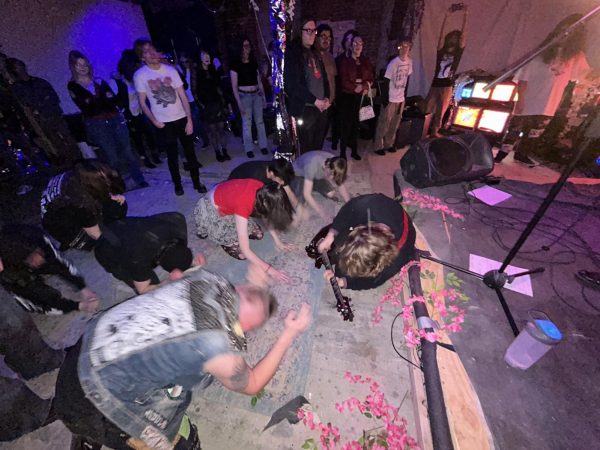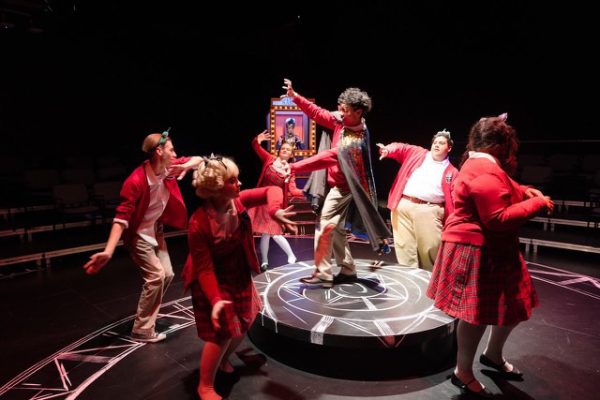Design professor’s favorite project is his students
There exists a design professor with a heart crafted to care more for his students’ work than that of his own. Meet Stephen Saracino, SUNY Buffalo State design department professor.
Saracino says that as a professor, he learns more about design by assisting his students.
“With a seemingly never-ending supply of ‘fresh’ students coming into my life, honing my design skill has become sort-of an ‘on-the-job training’ scenario for the past 28 years, with never a dull moment, ever,” Saracino said on his website, www.stephensaracino.com.
The former Buff State grad student-turned-professor came with high regards from design department chair and associate professor, Jorg Schneir.
“He is a fantastic artist and, in contrast to so much other ‘stuff’ being produced today, his work is not only of exquisite craftsmanship but highly political and often hilariously funny at the same time,” he said.
***
What made you go into metalwork?
I was taking a grad class at Buffalo State, working toward an M.S. in Art Education, when I took a jewelry class and was immediately drawn to the possibilities metal offered to me to illuminate my ideas. I liked the scale and the fact that I also liked to make sculpture. So, the two mindsets launched my career as a metalsmith.
How did you mold yourself into a designer?
I think one doesn’t actually mold oneself into a designer. It’s an ongoing process that is oftentimes affected by external influences beyond one’s control. I think once a person decides to make a specific career path a way of life they become totally immersed in that environment (in this case art and all the proximate fields included in that arena).
I give my students and the other artists, in general, all of the information I have learned and hope they can benefit from my experiences and ideas to help them in their own career paths.
Who/ what helped you get to where you are now in your career?
Well, I had numerous influences. M.C. Escher, the Beatles, and a few professors/artists I have met along my path. Luck, a somewhat surreal mindset that included hard work, risk, and a large dose of humility, and, of course, a sense of humor that often frees me to pick topics that some might see as unpopular politically as a basis for the narratives that drive my work.
I have had some success and notoriety in the metalsmithing exhibition field and an occasional award or two that helped me achieve tenure and full professor and, of course, a love of teaching which is why I am still here.
How do you prefer metalwork to other forms of art and why?
I really don’t have a specific answer to this one, but I guess it became a habit. If a design works visually, it should be successful executed in any medium. Metal is what I am comfortable with, so metal it is. Using metalsmithing idioms to illuminate my narratives has worked for me so that’s where I am with the medium question. I am not sure I would have been quite as successful in another media as the degree of success I have acquired often relied on the conundrum of the combination of the idiom (jewelry/metalsmithing), the idea concept (narrative), and using both to develop the idea. It helped that I was working within a genre that included only a few people. Lucky me.
What’s your favorite part about being a metalsmithing/design professor at SUNY Buffalo State?
I think the best part is the idea that I can convey onto my students a working knowledge of the design process and the need to know and examine the vernacular needed to express their ideation utilizing all of the proximate information that relates to being creative. It affords me an opportunity to instill what I consider to be the immanent importance of making whatever path they choose become a way of life and not just a way to get through fours years of college and a degree.
What’s your advice for students who want to go into the metalwork field?
I would tell them to avail themselves to as much information as they can possibly glean from their professors whether the teacher is a studio artist, a math teacher, English professor, or a philosopher. All information is important and all of it can be used for reference collision when they are developing their ideas. I am reading a book on string theory right now that is opening up a few new doors to me that will probably help me to develop strategies for future ideas. Maybe next I’ll collide string theory with wild boars and see where that one takes me.
… Computers seem to be the next big deal, but I would also suggest they learn how to solder too. That, and to read a book on string theory, or maybe, A Brief History of Time by Stephen Hawking, if for no other reason than to include frustration into their mix.
What’s a fun fact about you that most people don’t know?
I am a closet paleontologist. When I retire, I am going to Utah and discover a complete raptor skeleton. I will name it Nessy.
Do you have any upcoming exhibits where students could go see your work?
I have an object currently on view at the, “Art in Craft Media” exhibition in the Burchfield Penny Art Museum. It’s a great exhibit filled with ideas and well crafted objects. I would encourage them to see it.
Is your work for sale?
Always. Start saving right now. I can be reached at (716) 878-4730, or just drop by Upton Hall 236 for a chat.
Email: [email protected]
Twitter: @LiveWithColly


